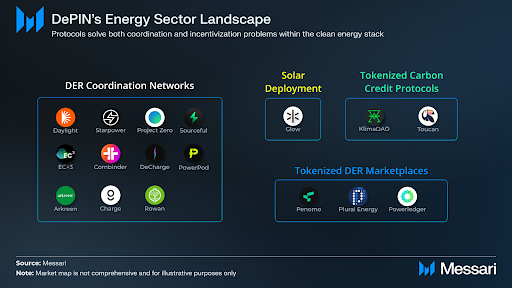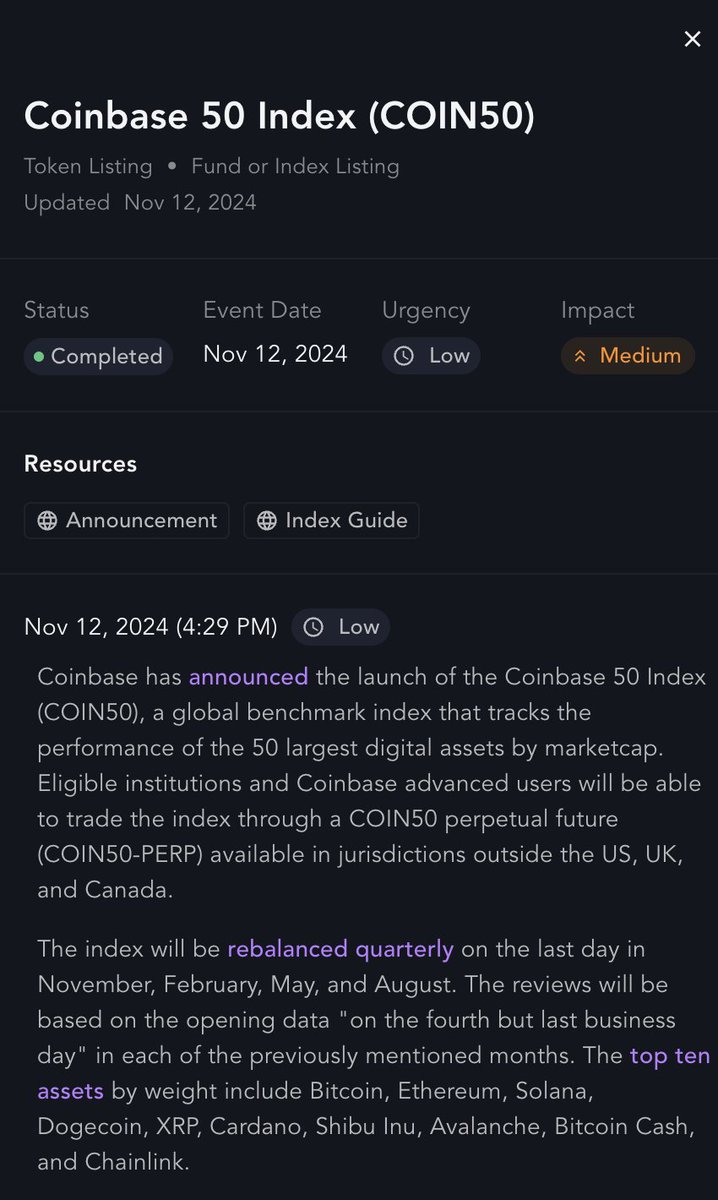1/ With the rollouts of Fraxswap and Fraxlend, @fraxfinance has become the first DeFi protocol to offer stablecoin, liquidity, and lending services under one umbrella on #Ethereum.
Let's see how Frax is leveraging full-stack control to support the $FRAX stablecoin. 🧵
Let's see how Frax is leveraging full-stack control to support the $FRAX stablecoin. 🧵

2/ $FRAX is a partially collateralized algorithmic stablecoin backed by $USDC and $FXS, the protocol’s native governance token.
While the minting and redemption value is held constant, the proportion of $USDC to $FXS backing $FRAX depends on its dynamic collateral ratio.
While the minting and redemption value is held constant, the proportion of $USDC to $FXS backing $FRAX depends on its dynamic collateral ratio.

3/ Frax V1 solidified the idea of an Algorithmic Market Operations (AMOs) controller that could serve as the protocol’s base stability mechanism.
Building on this, Frax V2 introduced a set of generalized AMOs to carry out arbitrary $FRAX monetary policy on the open market.
Building on this, Frax V2 introduced a set of generalized AMOs to carry out arbitrary $FRAX monetary policy on the open market.
4/ @fraxfinance's AMOs have allowed the protocol to adapt to its surrounding market conditions.
However, Frax’s reliance on other DeFi protocols limited its ability to have full autonomy over its monetary policy.
As such, Frax created Fraxswap and Fraxlend.
However, Frax’s reliance on other DeFi protocols limited its ability to have full autonomy over its monetary policy.
As such, Frax created Fraxswap and Fraxlend.

5/ Fraxswap is the first live implementation of a TWAMM.
This AMM functions the same as a standard AMM, allowing anyone to permissionlessly trade against it or provide liquidity, while also allowing traders to process long-term orders in a cost-effective manner.
This AMM functions the same as a standard AMM, allowing anyone to permissionlessly trade against it or provide liquidity, while also allowing traders to process long-term orders in a cost-effective manner.

6/ Leveraging Fraxswap gives @fraxfinance more granular control over its monetary policy.
Fraxswap enables Frax to conduct ongoing monetary policy and forward guidance like the U.S. Federal Reserve but in an automated and transparent manner.
Fraxswap enables Frax to conduct ongoing monetary policy and forward guidance like the U.S. Federal Reserve but in an automated and transparent manner.
7/ Fraxlend allows users to create a borrowing market between any pair of ERC-20 tokens that have a @chainlink data feed.
This approach contains risk to individual asset pairs without impacting the safety of other pools.
This approach contains risk to individual asset pairs without impacting the safety of other pools.

8/ DeFi protocols like @fraxfinance are beginning to recognize their need for control over stablecoin issuance, liquidity systems, and lending markets.
Explore @chasedevens' full report on The DeFi Trinity: @fraxfinance's Quest for DeFi Dominance.
messari.io/article/the-de…
Explore @chasedevens' full report on The DeFi Trinity: @fraxfinance's Quest for DeFi Dominance.
messari.io/article/the-de…
• • •
Missing some Tweet in this thread? You can try to
force a refresh














